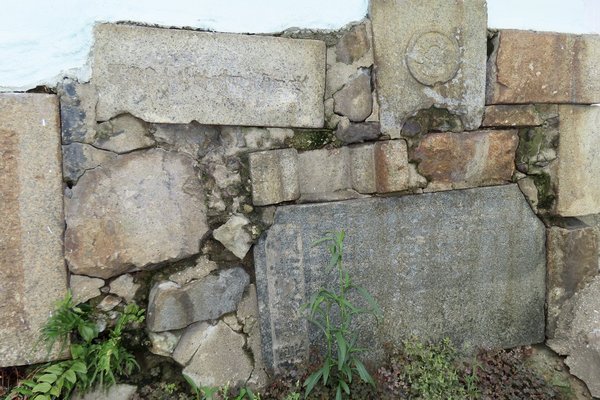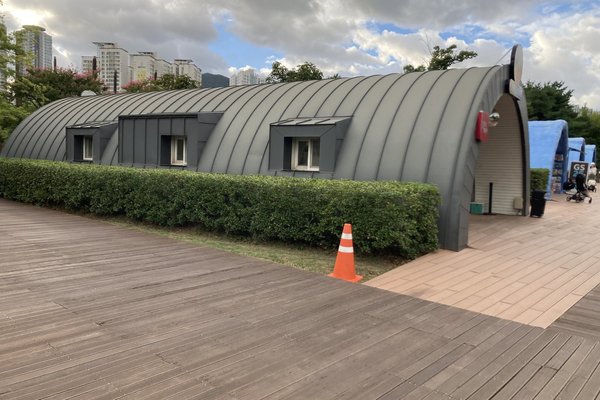Republic of Korea
Sites of the Busan Wartime Capital
The Sites of the Busan Wartime Capital consists of nine components linked to the Korean War (1950-1953), the first proxy war of the Cold War era.
They include the provisional seat of the government of South Korea, neighbourhoods used for refugees and sites linked to the work of the United Nations.
Site Info
Official Information
- Full Name
- Sites of the Busan Wartime Capital (ID: 6668)
- Country
- Republic of Korea
- Status
-
On tentative list 2023
Site history
History of Sites of the Busan Wartime Capital
- 2023: Added to Tentative List
- Added to tentative list
- Type
- Cultural
- Criteria
Links
- UNESCO
- whc.unesco.org
- Official
-
- unmck.or.kr — UN Cemetery
All Links
UNESCO.org
Official Website
- unmck.or.kr — UN Cemetery
News Article
- Nov. 16, 2025 korea.stripes.com — ‘Heritage of Busan Wartime Capital of Korea’ now includes 11 sites
Community Information
- Community Category
- Secular structure: Memorials and Monuments
Travel Information
Recent Connections
News
- korea.stripes.com 11/16/2025
- ‘Heritage of Busan Wartime Capital…
Community Reviews
Show full reviews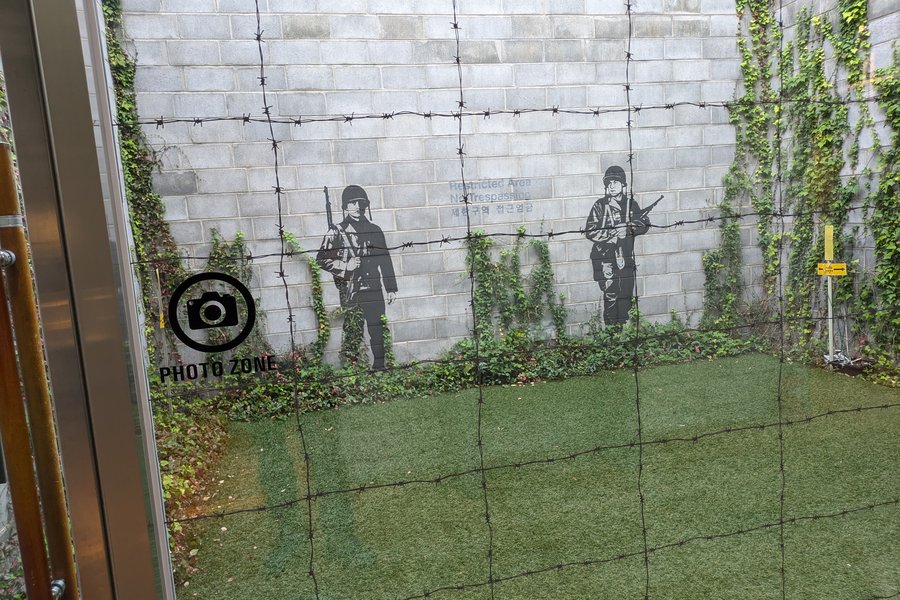
When the Korean War started, the North Koreans quickly conquered the northern parts of South Korea. Seoul being very close to the border fell in 3 days (June 28, 1950, after the invasion began on June 25). To organise their defenses and continue the government, Busan, the 2nd largest city of South Korea and located the furthest from the front lines, became temporary capital from August 18, 1950 to August 14, 1953. Apart from the government many Koreans also fled from the frontlines to Busan, to evade the fighting. Due to its harbour, Busan also became the military centre, specifically of the US Americans.
The proposed nomination combines government, military and refugee sites across the city. We managed to visit several locations across Busan. On our first day, we visited the Tombstone Village. The next day, we started the day at the UN Cemetery, then took a bus to the Cowshed Village, from there we went by bus to the Temporary Palace and the Temporary Parliament (a university and museum) and peeked in at the former US Embassy, now a library. We ended our day in the former US base, Camp Hialeah, not the Busan Citizens' Park.
The Koreans do a rather good job of making the sites and the history accessible. Even the Cowshed Village has a public museum providing context (it seems CugelVance missed that one, it's marked on the map).
The president's temporary palace provides a very detailed recounting of the executive affairs of the government. Only …
Keep reading 3 comments
Time of the visit:over several days from the 25th of sept. till the 9th of oct.,2025.During the Korean War and the early Cold War, Busan became the temporary capital of South Korea and a key hub of international cooperation. The Provisional Presidential Residence and the U.S. Consulate, which briefly acted as the American Embassy, symbolized allied leadership. At Pier 1, U.N. supplies and refugees arrived, while the Meteorological Station supported military operations. Refugees built homes in places like Uam-dong Cattle Shed Village and Ami-dong Tombstone Village, showing the hardships of war settling among tombs and and former animal sheds . The U.N. Memorial Cemetery and U.N. Peace Memorial Hall honor those who served and commemorate Busan’s vital role in the Cold War and Korean War. Together, these sites tell the story of survival in one of the most defining conflicts of the 20th century.
But is this enough to be worthy of an Unesco title??
First, I visited two components in one day, the Meteorological Station and the former U.S Consulate which briefly served as the American Embassy.
To sum it up, the former U.S. Consulate is now a modern library, with some information panels on the first floor. The former Meteorological Station is now an observation deck from which you can get a nice view of parts of Busan. Afterwards, however, I went to Busan Tower, where the view was spectacular.
The library is practically a minute away from the Busan Contemporary History Museum, which I …
Keep reading 0 comments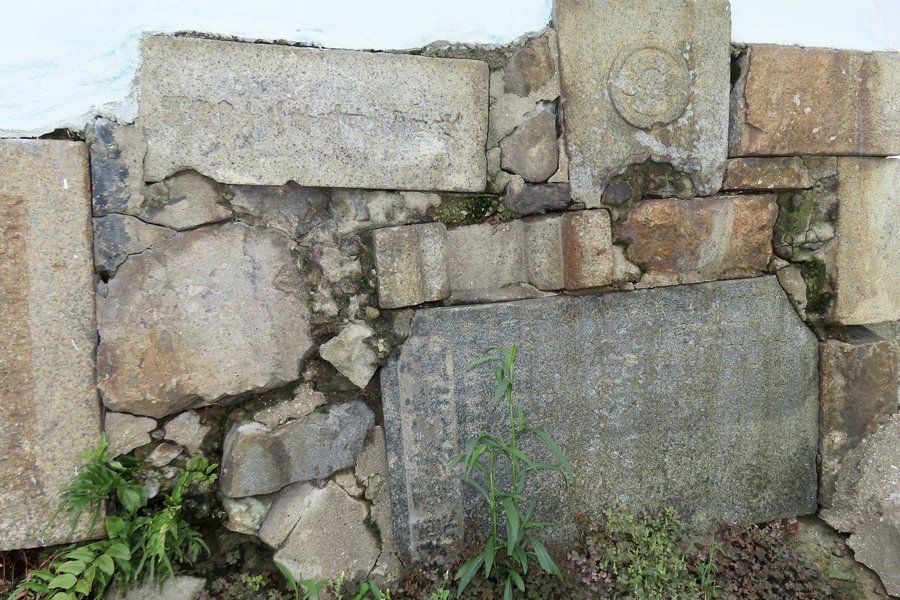
Visiting Busan 9 years later, I sought to add more components of the Busan Wartime Capital nomination. From my first visit, I could not form an opinion whther this serial property is deserving of world heritage status or not. I feel confident I can now.
Ami-dong Tombstone Village
As previously mentioned, the village can be a bit tricky to navigate. At the Ami Culture Village Information Center there is a QR Code map that will help significantly. One of the best examples of spolia (pictured) is number #4 'Rest Area Tombstone'. Using the map I visited tombstone spolia at locations 1-5. I did not cross the street to visit locations 6-9. Besides the spolia, the small exhibits in the homes (via small labelled doors) highlight the life of refugees. These are free and open with no staff, so you just browse at your own pace (there are about six 'home or work' exhibits).
Uam-dong Cattle Shed Village
The main place to visit here is the Uam-dong Somangmaeul House, where a shed house has been converted into a museum. Like the small refugee homes in Ami-dong, its a wonder these modest structures survived. The museum does a good job showing the evolution of the village during the war years and afterward. You can walk around the village and you will notice a few other cattle shed features, but I'm unsure if anything beyond the museum will be included.
United Nations Memorial Cemetery
Arriving at the cemetery, I had to take shelter …
Keep reading 0 comments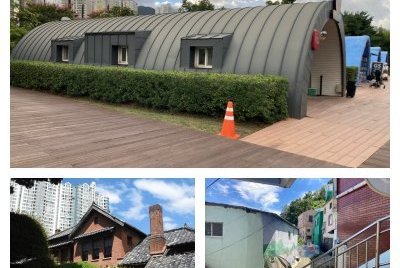
I guess few people outside of the Koreas often think about the Korean War (1950-1953). Still, it was a very bloody struggle with 3 million casualties, it saw a confrontation between China and the USA during the Cold War and its repercussions (such as the continuation of the Kim dynasty in the DPRK) are felt until today. To refresh my knowledge, I listened to two recent episodes of the podcast ‘Empire’ during my flight to South Korea, which dealt with the Korean War and the period leading up to it.
As only one of two cities in the South never captured by the communist insurgents, Busan was the de facto capital of South Korea during the war period. It also hosted 500,000 refugees from the rest of the country, more than its regular inhabitants. The TWHS ‘Sites of the Busan Wartime Capital’ aims to illustrate that particular period in the city’s history via 9 component sites. I visited 3 of those.
I started at the Busan Citizens Park, which was a horse race track during the Japanese occupation of Korea and later the US Army Camp Hialeah. It was used by the US Army until 2006, but the grounds have since been returned to the City of Busan which transformed it into a public park. I strolled around it in the early evening, accompanied by joggers and people walking their dogs. A few signs and odd constructions give away its former use. There are guardposts and various …
Keep reading 2 comments
For those who have visited Busan, you can be forgiven for not prioritizing its wartime history! The fact is, Busan is a lively city and its main attractions (Taejongdae, Jagalchi Fish Market, Seaside temples, Gamcheon Culture Village, and beaches) are more alluring for the casual visitor than the Seokdang Museum of Dong-A University or the Former Presidential Residence.
Temporary Government Complex
This museum was formerly known as the Busan Provisional Government Headquarters during the Korean War. Today, it’s an excellent museum that covers ancient to modern Korean History. While a visit to the museum is genuinely rewarding and the building is well-preserved, it does not add significantly to one's understanding of the 1,023 days when Busan was the temporary capital. Perhaps a more significant exhibit will be added in the future to highlight its wartime functions.
Temporary Presidential Residence
The Provisional Capital Memorial Hall (Formerly the President's Residence) includes moving exhibits about the conditions refugees experienced upon arrival to Busan. Much of the “house” museum maintains rooms in their 1950’s decor when President Rhee occupied the residence. I found the visitor experience here solemn and emotive. Exhibits highlight the time and events of Busan's darkest days. Some visitors were visibly moved by the exhibits. Considering modern day life in Busan and that of the half-a-million plus refugees in the 1950's, the difference in those 70 years is stark. I have not forgotten the photographs displayed on-site.
The journey of this serial nomination has been arduous, the nomination was “conditionally” approved …
Keep reading 0 comments
